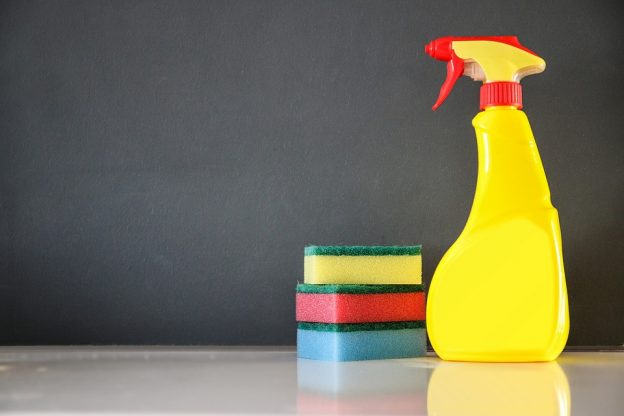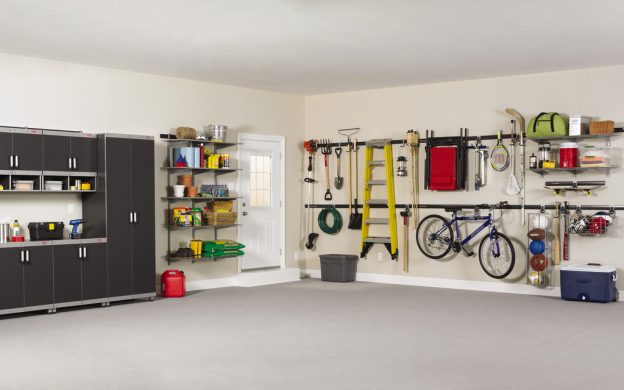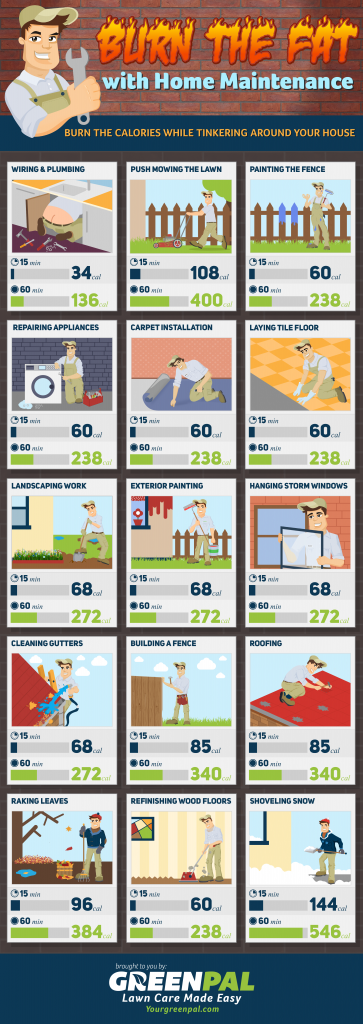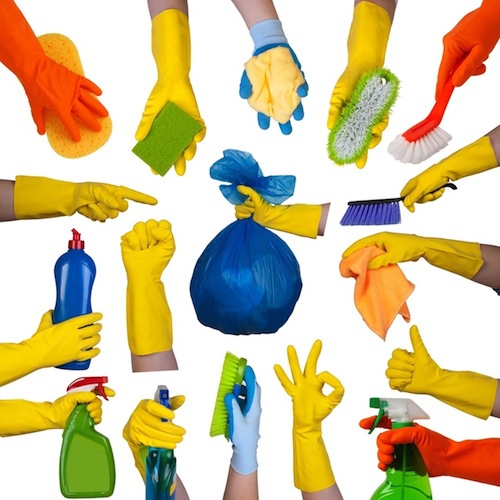Whether you’re looking for greener ways to clean your home or you just want to save money at the store, there are simple household cleaning products you can make on your own. Use the recipes, tips and precautions below to help you get started.
All-Purpose Cleaner
Create your own inexpensive and effective all-purpose cleaner with liquid castile soap, tea tree oil, vodka, washing soda (not baking soda) and white vinegar. Boil the vinegar in the microwave, mix in the remaining ingredients according to the recipe and put the solution in a spray bottle for easy cleaning.
Laundry Detergent
Avoid questionable foaming agents and heavy fragrance by making your own laundry detergent. Measure the correct amounts of soap flakes or grated bar soap, borax and washing soda, and store in an airtight container.
Tips to Keep in Mind
- Avoid mix-ups by labelling and dating each cleaning product when it’s made.
- Add a few drops of essential oils like tea tree, lavender and lemon to scent your homemade cleaning solutions.
- Substitute vodka for vinegar if you want a lighter smell.
- Before using a homemade cleaner on delicate surfaces like hardwood floors or marble, first test it in a small, hidden area.
What to Avoid
- Do not mix bleach with ammonia or vinegar. The dangerous combination can damage your respiratory system.
- Keep hydrogen peroxide and vinegar separate at all times. Together they create peracetic acid, a highly corrosive compound that can lead to chemical burns.
- Don’t use vinegar on reactive metal surfaces like aluminum or cast iron.
- Refrain from using large amounts of any cleaning solution, homemade or store-bought, in unventilated areas.
When mixed and used properly, homemade cleaning solutions can work as well as, if not better than, commercial cleaners, plus they’re also easier on your wallet. Make sure you know the basics before you make your own cleaning products.
Photo Credit: “cleaning-268134_960_720” by Aerin Aichi © 2016 (Public Domain)
Powered by OutboundEngine




















